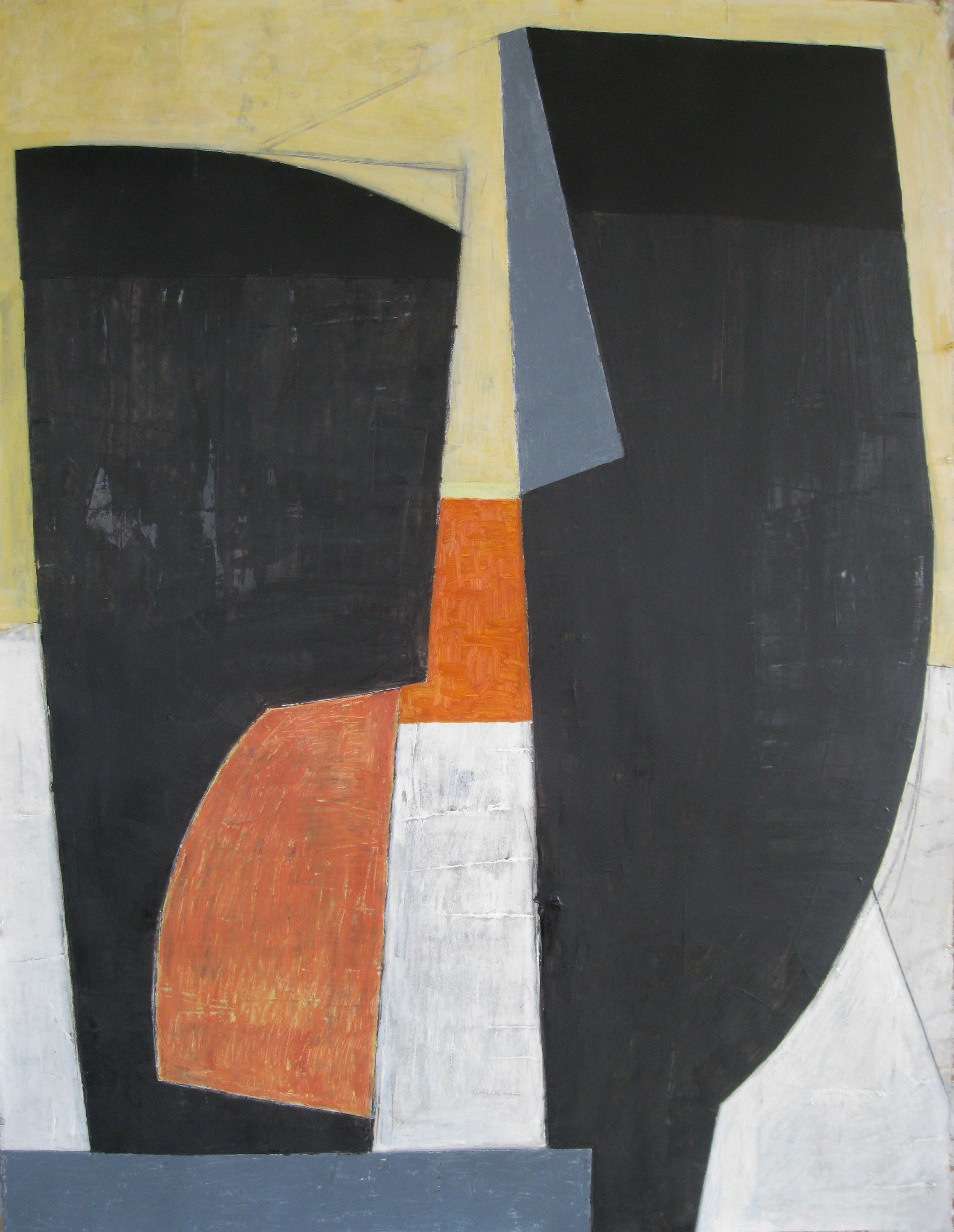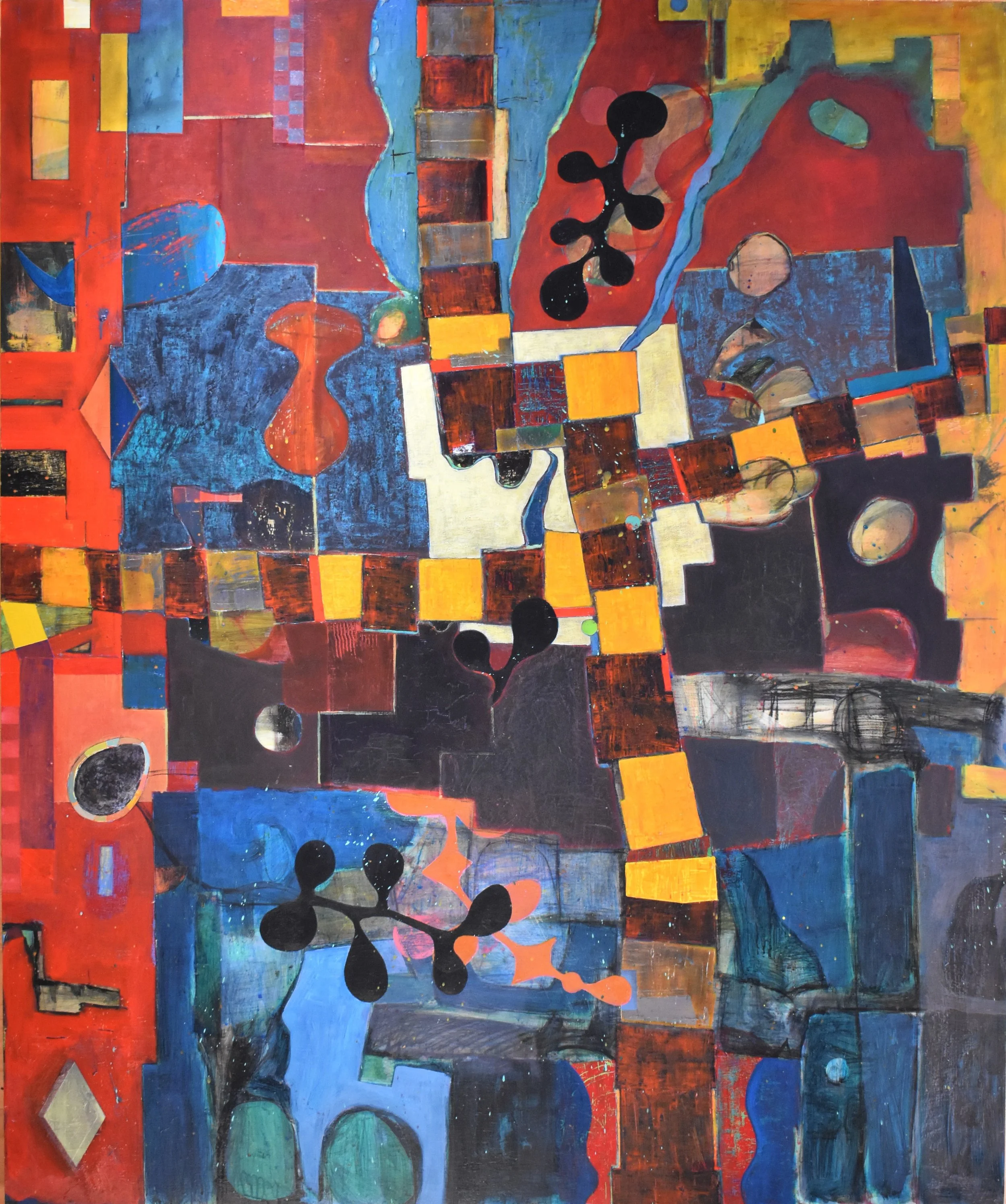Jim Flahaven

Did He Jump?, Acrylic and pencil on plywood, 24” x 24”
Jim Flahaven is an artist and educator living in Maine. He has exhibited his work in Canada and throughout the United States. He attended the University of North Texas where he received his BFA in Drawing and Painting in 1986. He received his MFA from Ohio State in 1988. He has taught at numerous colleges and universities including Clarion University, the University of New England, and the Maine College of Art. He currently teaches painting, drawing, color theory, and design. He has written for ArtPapers, and is the creator of drawingforum.net, an online resource for drawing instructors and drawing enthusiasts.
Statement
My paintings have been described as a few good strokes covering a whole bunch of mistakes. A few good strokes... I’ll take it. I never met my favorite teachers in person. I found them in books and museums- artists in transition: Mondrian evolving and struggling from a tree painter to his as-yet-undiscovered squares and rectangles. De Kooning before he figures it out, placing figures on the canvas without a clear idea of what to do with them; they are pretty and then not pretty. They are accurate and then distorted. Can’t make up your mind, Bill? That is ok: the energy and frankly, awkwardness of these paintings thrills me. Consequently indecision, reworking, and second guessing are integral to my process. I paint, I sand, I scrape, I draw. I cover it over and start again. Artists who share their process allow the scaffolding to show for all of us. Like watching the Beatles in “Get Back”, we might find the scaffolding as interesting as the finished product.
My studio is located next to railroad tracks. Every now and then a freight train passes close by, and this always brightens my day. I study the graffitied box cars carefully. Struggles and transition are part and parcel of this sort of venue. Graffiti partly obscures the official markings of the freight lines. Graffiti covers graffiti. And washes of rust cover it all; more work in transition, more marks jostling for space. I suppose one can find in this sort of language a metaphor for modern life, with its accelerated pace and competing ideas and ideologies grinding against one another. It can be angsty, but I try to comment more as an amused observer than a raging critic.
Acrylic on paper
8” x 12”
SOLD
Acrylic on paper
8” x 12”
$400
Acrylic on paper
30” x 22”
SOLD
Acrylic on panel
24” x 24”
$950
Acrylic on panel
24” x 24”
$950
Oil stick and mixed media on paper
53” x 38”
$800






















